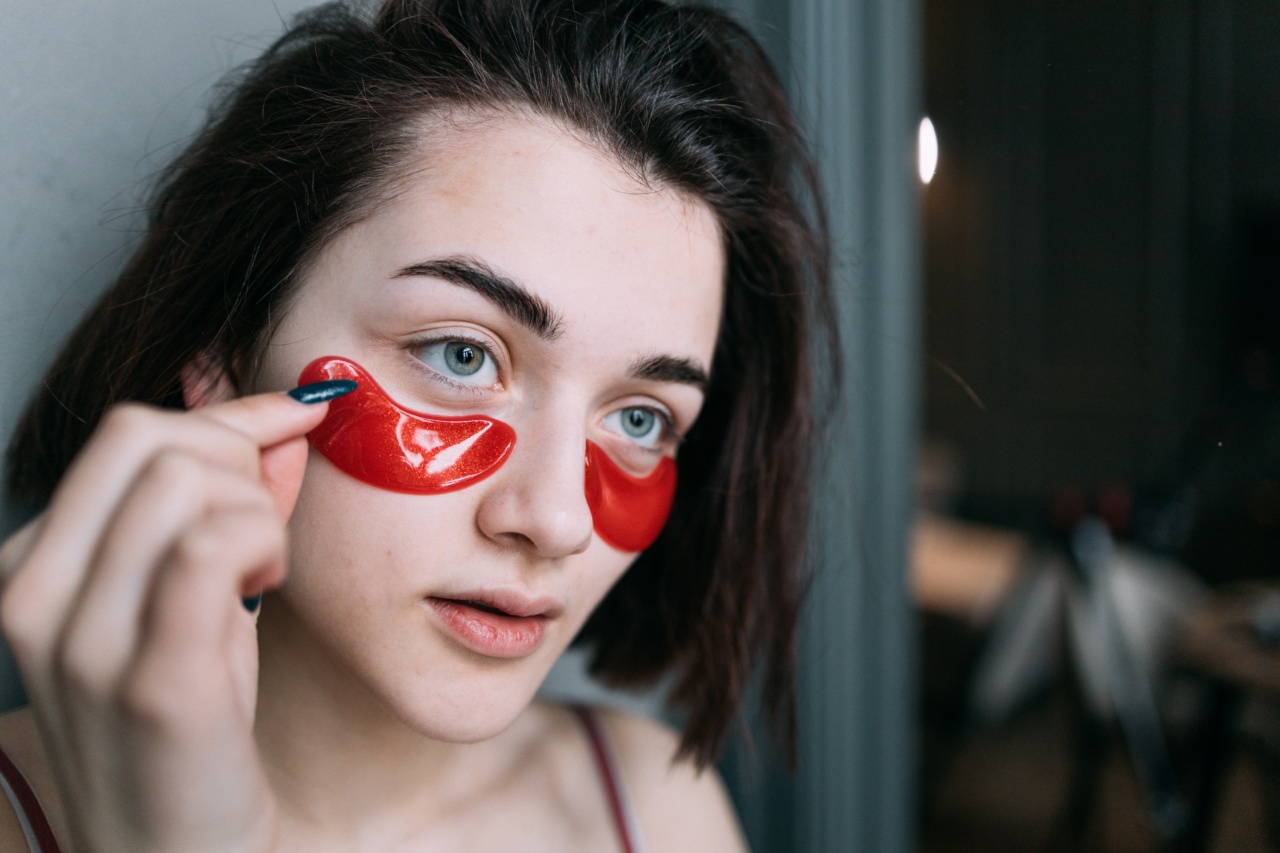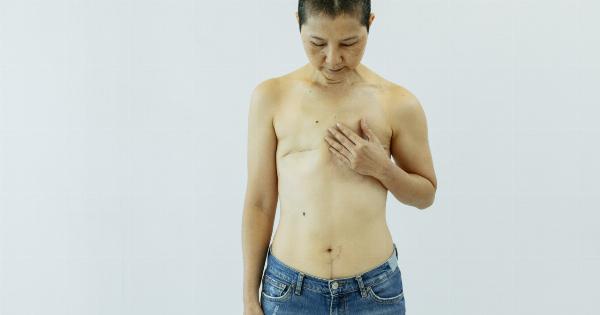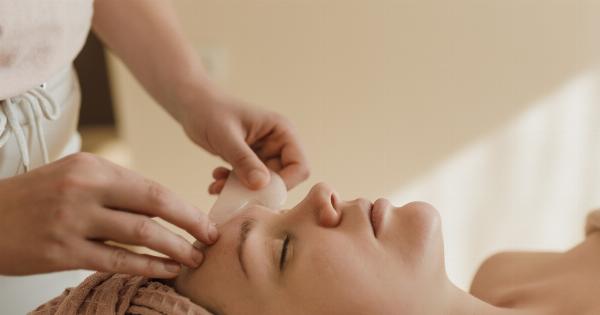Presbyopia is a common age-related vision condition that becomes more prevalent as individuals reach their 40s and 50s. It is characterized by the gradual loss of the eye’s ability to focus on nearby objects clearly.
People with presbyopia often experience difficulty reading or seeing objects up close.
Causes of Presbyopia
Presbyopia occurs when the lens of the eye becomes less flexible, making it challenging to adjust the focus between distant and near objects. This loss of flexibility is primarily caused by the aging process.
As we grow older, the lens becomes thicker and less elastic, leading to difficulties in focusing on nearby objects.
Common Symptoms
The onset of presbyopia is usually gradual, and individuals may not notice any significant changes initially. However, as the condition progresses, certain symptoms become more apparent:.
- Blurred vision when reading or performing close-up tasks.
- The need to hold objects further away to see them clearly.
- Eyestrain or headaches after engaging in near vision activities for extended periods.
- Difficulty reading small print or fine details.
- Eye fatigue or tiredness.
The Importance of Eye Exams
Regular eye examinations are crucial for maintaining good eye health and identifying vision problems like presbyopia.
Eye doctors can conduct various tests to determine the extent of presbyopia and prescribe appropriate treatments or corrective measures.
Non-Surgical Treatment Options
While presbyopia cannot be reversed, several non-surgical treatment options can help manage the condition effectively. These options include:.
- Reading glasses: These over-the-counter glasses can be a simple solution for individuals with presbyopia, particularly for reading or performing close-up tasks.
- Prescription glasses: Eye doctors can prescribe glasses tailored specifically to address presbyopia based on an individual’s unique needs.
- Contact lenses: Multifocal or monovision contact lenses can be used to correct both near and distance vision, providing greater convenience and flexibility.
- Refractive surgery: Procedures like conductive keratoplasty (CK) or corneal inlays can be considered for individuals who want to reduce or eliminate the need for glasses or contact lenses.
Surgical Treatment Options
For individuals seeking a more permanent solution, various surgical treatments can be considered:.
- Laser-assisted in-situ keratomileusis (LASIK): This popular procedure reshapes the cornea using a laser to correct both nearsightedness and farsightedness, helping individuals achieve clearer vision.
- Refractive lens exchange (RLE): RLE involves replacing the eye’s natural lens with an artificial intraocular lens (IOL) to correct presbyopia along with other refractive errors.
- Clear lens replacement (CLR): Similar to RLE, CLR replaces the natural lens with a premium IOL without cataracts.
Discussing Treatment Options with an Eye Care Professional
It is essential to consult with an experienced eye care professional to determine the most suitable treatment option for presbyopia.
During the consultation, the doctor will assess various factors, such as the severity of presbyopia, overall eye health, lifestyle, and personal preferences, to recommend the best approach.
Prevention Tips for Presbyopia
While presbyopia is a normal part of the aging process, certain measures can be taken to delay its onset or minimize its impact:.
- Schedule regular eye examinations to monitor eye health and detect any vision changes.
- Maintain a healthy lifestyle with a balanced diet and exercise to promote overall eye health.
- Use good lighting when reading or performing close-up tasks to reduce eye strain.
- Take regular breaks during prolonged near vision activities to rest the eyes.
- Quit smoking, as it can contribute to the development of vision problems.
Conclusion
While presbyopia may be an inevitable part of aging, effective treatment options are available to manage and improve near vision.
Whether through non-surgical approaches like reading glasses or surgical procedures like LASIK or RLE, individuals with presbyopia can regain clear vision and continue to enjoy their daily activities without limitations.






























